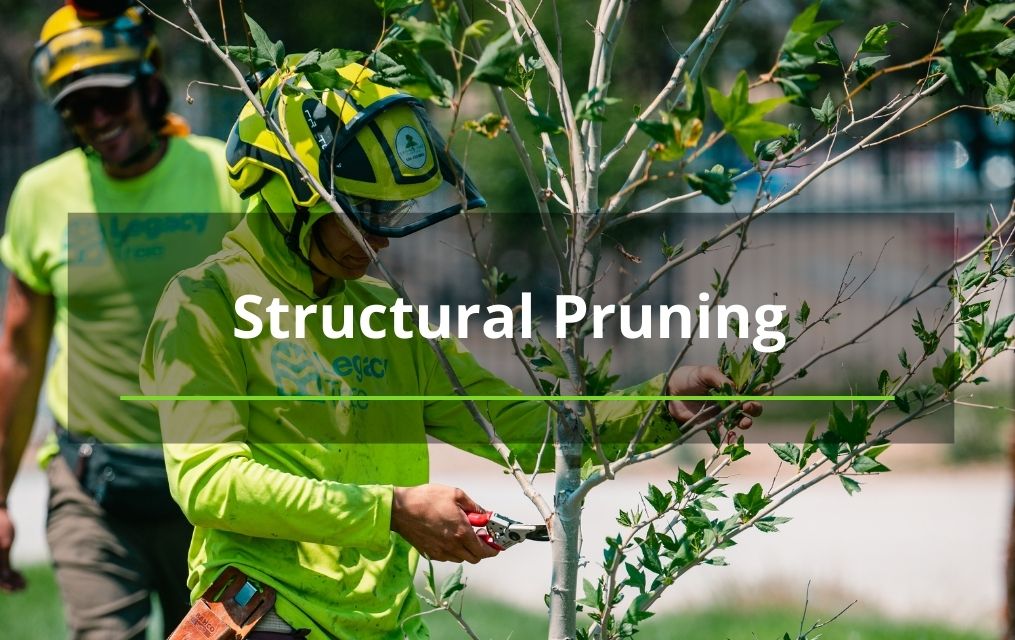Blogs
Tree Form And Strength

Tree Form And Strength
Imagine a “typical” tree…what does it look like? Each of us will see a different image, and almost all will be covered in leaves. Now imagine the trunk, major limbs, branches and twigs that underlie those leaves – what does that structure look like?
It turns out there are stronger and weaker versions of tree structure, of the form of the wood under the green overcoat. Stronger is usually better, because the chance of branch or tree failure is lower. What makes for strong form, and how important is it really?
As with all complex questions, the answer starts with, “It depends…”. Trees with straight central trunks that host smaller side branches are stronger than trees with many competing stems all trying to be the trunk. Branches with wide angles where they attach to their parent stem are stronger than similar-sized branches with tight, V-shaped small-angle attachments. Certain species have strong wood fiber and strong natural growth – bur oaks are a great example. Others, like our beloved cottonwoods, have weaker wood with a higher chance of breaking.
For large-at-maturity landscape shade trees, strength matters more than for small-at-maturity species. Isolated trees are less likely to damage property or hurt people than trees surrounded by human activities, and so their strength is of less importance to most people.
Legacy Tree Company specializes in structural pruning of young trees and in stabilizing the form in large trees through pruning, cabling, and bracing. We can assess your tree and help it grow as strong as nature allows.
Click here to find out more about our Albuquerque tree removal services.













